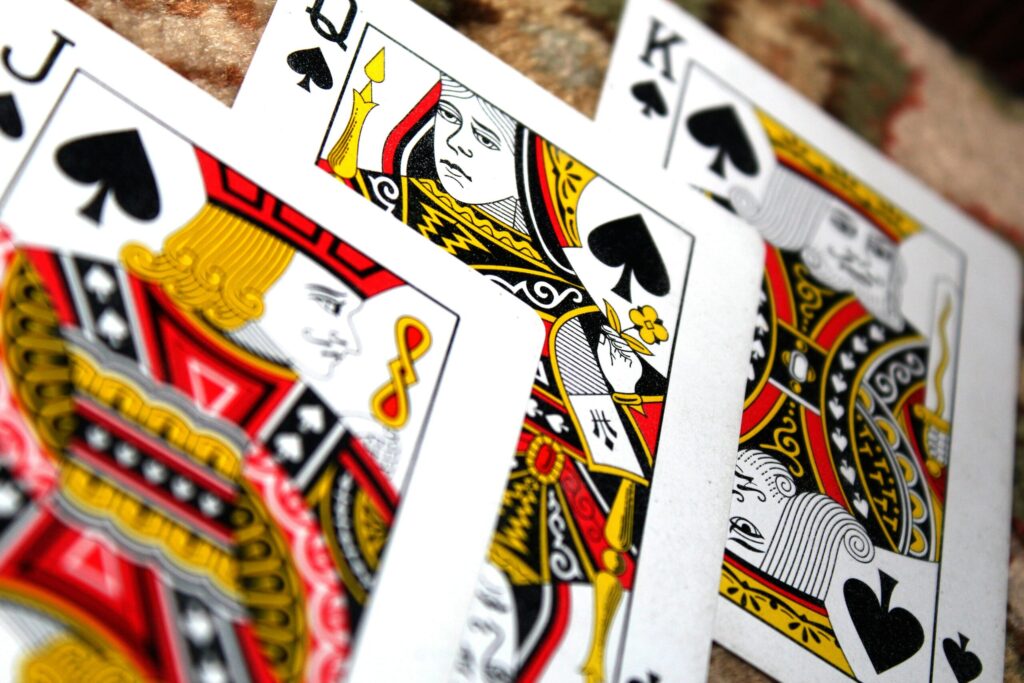Mastering the art of when to stay in Blackjack is crucial for anyone looking to tip the scales in their favor. This essential guide delves into the strategic intricacies of one of the most popular casino games, ensuring that both beginners and seasoned players alike can refine their decision-making process. With a blend of strategy, probability, and a dash of luck, understanding when to hold your ground against the dealer becomes a game-changer.
The Basics of Staying in Blackjack
To lay the foundation, ‘staying’ in Blackjack means you are choosing not to take any more cards from the dealer. This decision is pivotal because it directly influences your chances of winning or busting (exceeding a total point value of 21). Staying at the right moment requires an insightful understanding of the game’s mechanics and the odds at play.
Understanding Your Hand’s Value
Before deciding whether to stay, always evaluate the strength of your hand. Below is a general guideline to help you understand at what point values staying is typically advisable:
| Hand Value | Recommended Action |
|---|---|
| 17-21 | Always Stay |
| 13-16 | Stay unless dealer’s card is 7 or higher |
| 12 | Stay if dealer’s card is 4-6, otherwise hit |
Dealing with Soft Hands
A ‘soft’ hand in Blackjack means you have an Ace counted as 11 without busting. These hands offer flexibility and opportunity. For instance, a soft 18 (Ace + 7) should be played differently based on the dealer’s upcard. Our advice:
- Stay on soft 19 and above.
- Consider hitting on soft 17 or less if the dealer shows a strong card (7 or higher).
Reading the Dealer’s Upcard
The dealer’s upcard massively influences your decision to stay. If the dealer shows a weak card (2 through 6), they have a higher chance of busting, which might make you reconsider taking another card even with a total of 12-16. Conversely, if the dealer’s card is strong (7 through Ace), your best bet is to play safe and aim for a high-scoring hand.
Dealing with Pairs
When dealt pairs, the strategy shifts considerably. While not directly related to staying, knowing whether to split or keep your pair intact can be just as crucial. For example, always split Aces and 8s, but opt to stay with a pair of 10s, treating it as a strong hand of 20.
Conclusion
Navigating when to stay in Blackjack involves a mixture of strategy, intuition, and understanding of the game’s dynamics. By recognizing the value of your hand, assessing the dealer’s position, and applying the guidelines provided, you elevate your gameplay, moving closer to mastering this classic casino challenge. Remember, each decision on the blackjack table brings its own set of possibilities – use this knowledge wisely to increase your odds of success.


